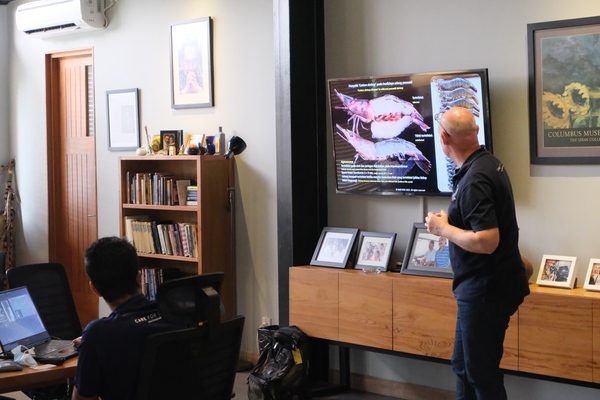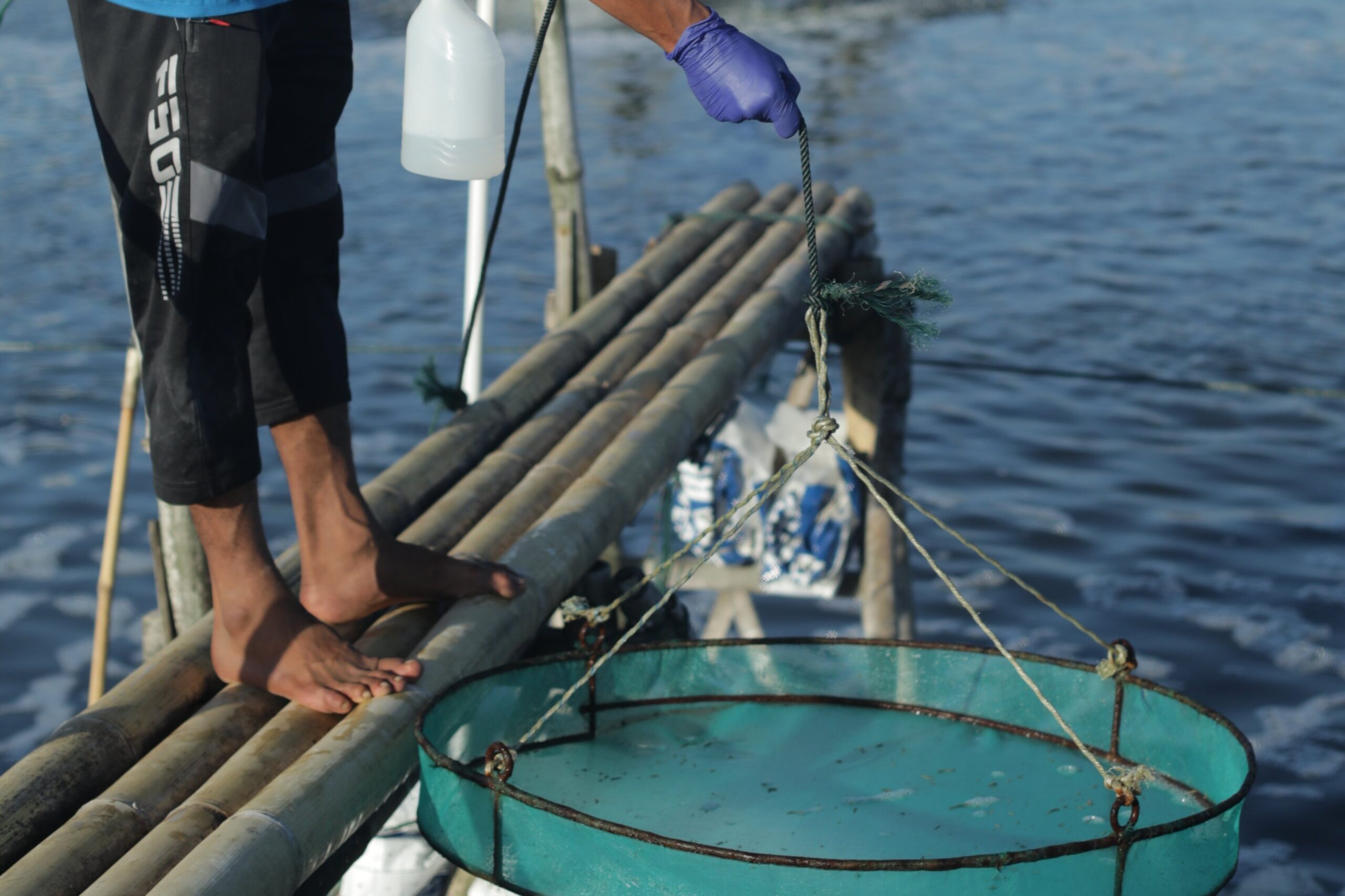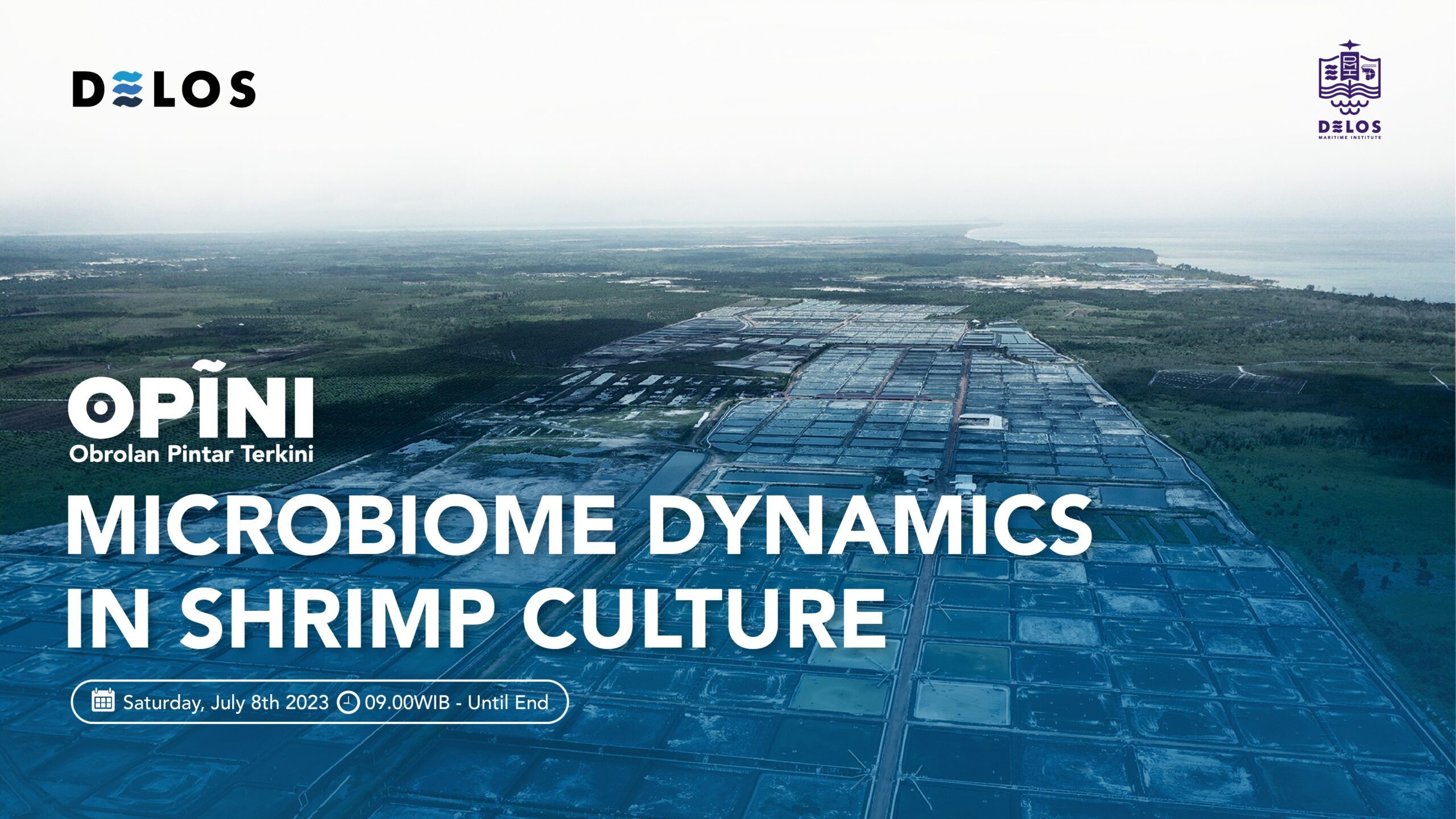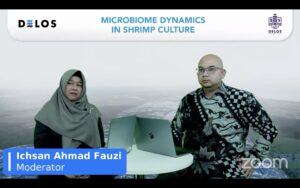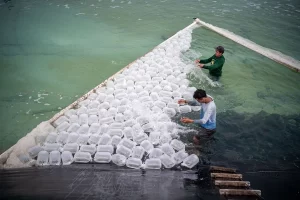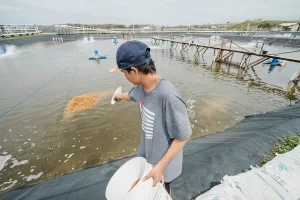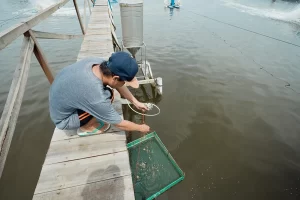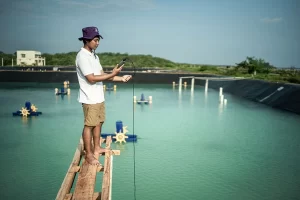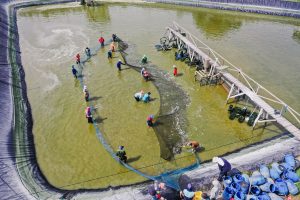Important Steps to Maintain Shrimp Quality During Harvest
Shrimp is a crucial export commodity for many countries, including Indonesia. For shrimp farmers, maintaining the quality of shrimp during harvest is crucial to achieve maximum yields and meet market demands.
The proper harvesting process of vannamei shrimp ensures that they remain fresh, of high quality, and free from contamination by other organisms. In this article, we will discuss the important steps that need to be considered during harvest to keep the shrimp fresh until they reach consumers’ hands. Read more below!
Also Read: How to Cultivate Vannamei Shrimp from Preparation to Harvest
1. Determining the Right Harvest Time
Selecting the appropriate harvest time is essential to ensure optimal shrimp quality. Shrimp should be harvested when they have reached the desired market size. Allowing shrimp to stay in the pond for too long can lead to overgrowth and a decrease in shrimp meat quality.
2. Pond and Equipment Preparation
Before harvesting, make sure the shrimp ponds are clean from various debris and uneaten feed. The pond water should be in good condition and free from substances that can harm shrimp quality.
Also, ensure that harvesting equipment such as nets and storage containers are thoroughly cleaned and sterilized before use. Contamination from dirty shrimp equipment can lead to decay and a decline in shrimp quality.
3. Use of Anesthesia
Using anesthesia before harvesting can help reduce stress on shrimp and prevent damage to the shrimp’s quality. Anesthesia keeps the shrimp calm during the capture, transportation, and further handling processes. Some shrimp farmers use natural materials like coconut leaf extract or clove extract as anesthesia, which is safe for shrimp and does not leave harmful residues.
4. Proper Handling
During harvesting, farmers should be careful not to damage or cause injuries to the shrimp. Injured or damaged shrimp can become a source of infection for other shrimp.
Avoid stepping on shrimp or stacking them excessively. Additionally, do not expose shrimp to air for too long, as they need moisture to remain fresh.
Also Read: 4 Types of Vannamei Shrimp Harvest Time
5. Rapid Cooling
After harvesting, shrimp should be immediately cooled to slow down the decomposition process and maintain the freshness of the shrimp meat. Shrimp are perishable organisms, so proper storage temperatures are essential. Use ice or other cooling methods to keep shrimp at a low temperature during transportation from the pond to processing or market areas.
6. Sorting and Grading
Sorting and grading are other essential steps in maintaining shrimp quality. Shrimp should be sorted based on size and type. Larger shrimp usually command higher prices, while shrimp with good quality should be separated from defective ones. Grading ensures that the shrimp being sold meets consumers’ expected standards.
7. Proper Preservation Methods
If shrimp will not be sold or processed immediately, farmers should use appropriate preservation methods to maintain their quality. Common preservation methods include salting, drying, or applying low temperatures. The choice of preservation method should be based on market needs and the type of shrimp being harvested.
Also Read: Partial Harvest of Vannamei Shrimp and Its Benefits to Increase Profits
Harvest Your Shrimp Transparently and Reliably with DELOS!
Proper shrimp handling during harvest is crucial to maintaining their freshness until they reach consumers. Therefore, you can follow the steps above to ensure that the shrimp you harvest remains in the best condition.
DELOS introduces AquaLink, a reliable solution for your shrimp harvest at competitive prices!
AquaLink offers internationally standardized shrimp harvesting services. Our team is fully committed to providing the best harvest experience for your pond. These services are tailored to your pond’s needs, with a set of Standard Operating Procedures (SOPs) and years of industry experience to ensure the quality of your shrimp harvest.
Contact contact@delosaqua.com or WhatsApp at +6281328128109 to discuss our services. Harvest your shrimp transparently and reliably with DELOS!





